For the provided lens AUTO TAMRON 1: 2.8 f = 35mm many thanks the store ProFotoSalewhere you can find many new and used lenses for different systems, including similar manual lenses.
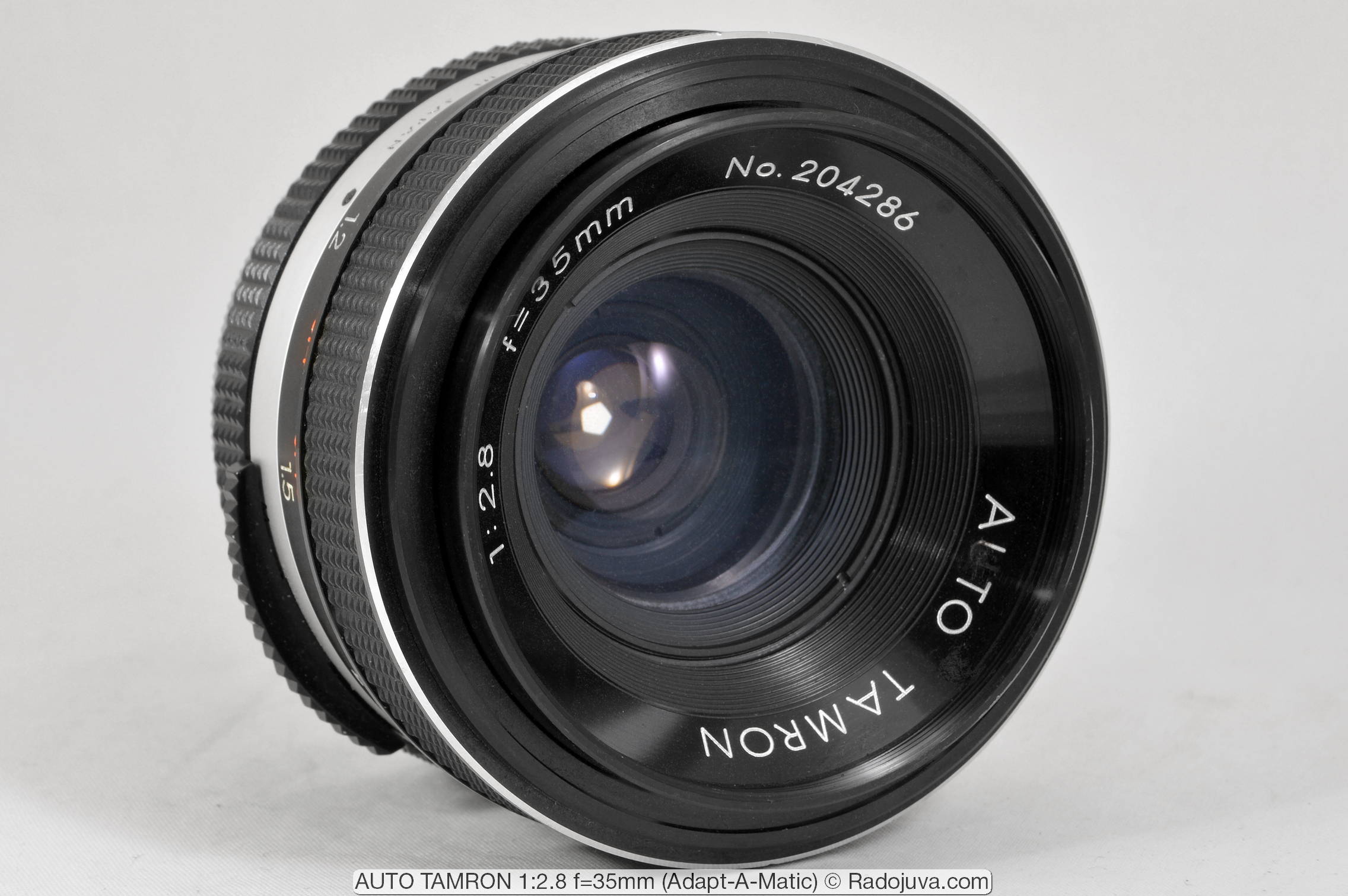
AUTO TAMRON 1: 2.8 f = 35mm (Adapt-A-Matic). increase.
In short
AUTO TAMRON 1: 2.8 f = 35mm - old prime with manual focus, developed for film cameras, belongs to the line Tamron Adapt-A-Matic. The review shows the version for cameras with M42 thread, but at the same time, this lens could use one of the many popular mounts of that time.
AUTO TAMRON 1: 2.8 f = 35mm is primarily interesting as an inexpensive moderate wide-angle lens for full-frame cameras.
AUTO TAMRON 1: 2.8 f = 35mm is well-built, pleasant to work with and produces quite a quality image, a little weak at f / 2.8. Of the obvious shortcomings - only 5 aperture blades and the lack of multi-coating optics.
History
AUTO TAMRON 1: 2.8 f = 35mm belongs to the Tamron Adapt-A-Matic series of lenses. The key difference of this series was the possibility of changing the mount, high-quality assembly and the use of fairly simple optical schemes without multi-enlightenment. Some Tamron Adapt-A-Matic lenses came immediately with a fixed mount (without the possibility of replacing it). The Tamron Adapt-A-Matic line lasted a short period of time from 1969 to 1973 and was subsequently replaced by Tamron Adaptall.
AUTO TAMRON 1: 2.8 f = 35mm available from approximately 1969 on 1973 year.
There were several sub-versions of AUTO TAMRON 1: 2.8 f = 35mm, which differed in the coating of the focus ring and the SRT function.
Most likely there are 35 / 2.8 lenses under other names, which, in fact, are a full or partial copy of AUTO TAMRON 1: 2.8 f = 35mm (Adapt-A-Matic).
The Tamron Adapt-A-Matic range includes the following lenses: 21 / 4.5, 24 / 3.5, 28 / 2.8, 35 / 2.8, 105 / 2.5, 135/2.8, 200/3.5, 300/5.6, 70-220/4, 80-250/3.8, 85-205/3.5 и 200-500/6.9
Main technical characteristics of AUTO TAMRON 1: 2.8 f = 35mm
| Name of instances from review | Near the front lens 'AUTO TAMRON 1: 2.8 f = 35mm ø58mm No.204286'
On the case 'Made in Japan, P-CS, USA. PAT. No.3500735 SRT ' |
| Basic properties |
|
| Front Filter Diameter | 55 mm |
| Focal length | 35 mm |
| Zoom ratio | 1 x (this is fix) |
| Designed by | for film cameras with different mounts. In the review, a lens with a M42 x 1 / 45.5 thread mount |
| Number of aperture blades | 5 straight (not rounded) petals |
| Tags |
|
| Diaphragm | F / 2.8 to F / 16
From an intermediate value between F / 2.8 and F / 4 to an intermediate value between F / 5.6 and F / 8 inclusive, the diaphragm blades form a hole with serrations in the shape of a circular saw. |
| MDF (minimum focusing distance) | 0.3 meters |
| The weight | 287 grams (measured) |
| Optical design | 6 elements in 5 groups |
| Lens hood | must screw into the thread of the front filter |
| Period | With 1969 on 1973 |
| Manufacturer country | LENS MADE IN JAPAN (Lens made in Japan) |
| Price | New do not sell. In a variant B. at. about 50 cu
Prices for modern Tamron lenses are available see here. |
The AUTO TAMRON 1: 2.8 f = 35mm version from this review, with an M42 mounting thread, is easy to install on almost any modern digital camera. How to do this - ask in the comments.
Assembly, control, focus
Lens body It is made qualitatively. The focus ring has a wide anti-slip insert made of hard rubber or similar material.
There is an A / M aperture control mode switch. The diaphragm consists of only five petals. At values from F / 2.8 to F / 8 (not inclusive), the diaphragm blades form a hole with pronounced notches (the shape of a circular saw).
AUTO TAMRON 1: 2.8 f = 35mm uses small filters with a diameter of 55 mm. There is a focus distance scale and a depth of field scale on the case.
The focus ring AUTO TAMRON 1: 2.8 f = 35mm rotates approximately 180 degrees (half a full turn). During focusing, the trunk of the lens travels forward, but the thread under the filters does not rotate. Focusing is performed by moving the entire lens block. The minimum focusing distance is only 30 cm, which is the norm for such lenses.
The rotation of the focusing ring is very smooth, with an 'oil' stroke, you can focus with just one finger. The lens is very pleasant to work with.
Image quality
AUTO TAMRON 1: 2.8 f = 35mm, in spite of its age and lack of multi-enlightenment, it does not create a noticeable yellow / green tint in photographs, which is characteristic of some old lenses.
In the center of the frame there is good sharpness already at F / 2.8, but still, due to spherical aberrations, it is better to cover the aperture to F / 4 where the sharpness becomes sure. In the corners and edges of the frame, everything is a little worse. There is vignetting and a little distortion.
In the center of the frame there is a fairly low level of chromatic aberration. There are no critical problems with the lens.
Sample photos on Nikon FX
Sample photos with RAW source files for review prepared by the photographer Natalya Romanenko (500px). Convert RAW source files with Nikon D700 the original Nikon Capture NX-D v 1.4.6 utility.
Download RAW c source photos Nikon D700 can at this link (20 files, 300 MB). Pay attention to EXIF the F / 2.8 value is everywhere, but shooting was carried out at different aperture values.
Sample photos on APS-C
All photos below are shown without processing. Camera used Sony a3500. All photos are on-camera JPEG. Picture Control Mode 'Standard 0/1/1'. Functions' Corr. ob .: Shading ',' Corr. ob .: Chrome. aberr. ' and 'Corr. Rev .: Distortion 'were disabled.
Download jpeg source photos c Sony a3500 can at this link (27 files, 200 MB).
Results
AUTO TAMRON 1: 2.8 f = 35mm is the classic representative of the Adapt-A-Matic line. Simple optical design, high-quality assembly and a nice picture. Despite its apparent simplicity, this lens is very pleasant to use and feels no worse than modern high-quality analogues. It is unfortunate that the lens has only 5 aperture blades and there is no multi-illumination. AUTO TAMRON 1: 2.8 f = 35mm nowadays can be an inexpensive full-frame and cropped camera full-time lens; it is not bad for amateur everyday shooting. Separately, I want to highlight a nice picture at short focusing distances.
How to use with modern cameras?
Lenses with mounting thread M42 (M42 X 1 / 45.5), such as the lens from this review, are very easy to use on almost any modern digital camera (both SLR and mirrorless), for this it is enough to choose the right adapter (adapter). You do not need to carry out any additional steps to modify the lens.
The cheapest adapters can be found at Aliexpress.com... There are adapters (adapters) with a chip that provide more convenience during shooting, usually chips are used to confirm focus and / or metering exposure, and form the correct EXIF. The chip does not affect the image quality in any way.
For some SLR cameras (for example, with the Nikon F-mount), you need to use adapters with a corrective lens, which allows you to focus correctly at all focusing distances. For any mirrorless cameras, such a lens is not needed, and the adapter is a simple decorated hollow metal tube with an appropriate mount.
For SLR cameras
- Canon: For cameras Canon EOS with bayonet mount EF / EF-S need an M42-Canon EOS adapter, such an adapter with a chip can be found herewithout chip here.
- NIKON: For cameras Nikon DX / FXas well as for cameras Fujifilm и Kodak with a Nikon F mount, you need an M42-Nikon F adapter, you can buy such an adapter without a lens and a chip here, with a lens without a chip herewith chip without lens here, with lens and chip here. Why a lens? Why chip?
- PENTAX: For Pentax cameras with K mount, you need an M42-Pentax K adapter, you can buy such an adapter here.
- SONY/MINOLTA: For cameras with a Sony / Minolta A mount, you need the M42-Sony A adapter, you can find such an adapter without a chip at this linkwith a chip at this link.
- OLYMPUS/PANASONIC/LEICA: For cameras with a 4/3 bayonet mount (not to be confused with Micro 4/3!) You need an M42-4 / 3 adapter, you can buy such an adapter here.
For mirrorless cameras
- SONY: For cameras with 'E'/'FE' mount series SonyNEX и Sony Alpha you need an adapter M42-Sony E (aka M42-Sony Nex), you can find it at this link. An autofocus adapter is also available for these cameras. Techart PRO Leica M - Sony E Autofocus Adapterwhich can be found at this link.
- OLYMPUS / PANASONIC / KODAK / XIAOMI: For cameras with a bayonet mount Micro 4/3 (Micro 4:3) you need an adapter M42-Micro 4/3, you can find it at this link.
- CANON M: For cameras with Canon EF-M mount need adapter M42-Canon M, it can be found at this link.
- CANON R and RF-S: For cameras with Canon RF mount need adapter M42-Canon R, it can be found at this link.
- Nikon 1: For cameras Nikon 1 Series need adapter M42-Nikon 1, you can find it at this link.
- Nikon Z: For cameras Nikon Z series (FX/DX) need an adapter M42-Nikon Z, it can be found at this link.
- FUJIFILM X: For cameras with mount X need an M42-Fuji X adapter, you can find it at this link.
- FUJIFILM GFX: For medium format cameras G-mount need M42-Fuji GFX adapter, you can find it at this link.
- SAMSUNG: For cameras with NX mount, you need an M42-Samsung NX adapter, you can find it at this link. There are no adapters for the NX mini camera yet.
- PENTAX: For Q-mount cameras, you need an M42-Pentax Q adapter, you can find it at this link.
- SIGMA / PANASONIC / LEICA: For cameras with L mount you need an M42-Leica L adapter, you can find it at this link.
- LEICA: For cameras with a bayonet mount Leica M need adapter M42-L / M, you can find it at this link.
If you have any questions on compatibility and adapters - ask in the comments (comments do not require any registration at all).
Comments on this post do not require registration. Anyone can leave a comment. Many different photographic equipment can be found on AliExpress.
Material prepared Arkady Shapoval. Training/Consultations | Youtube | Facebook | Instagram | Twitter | Telegram

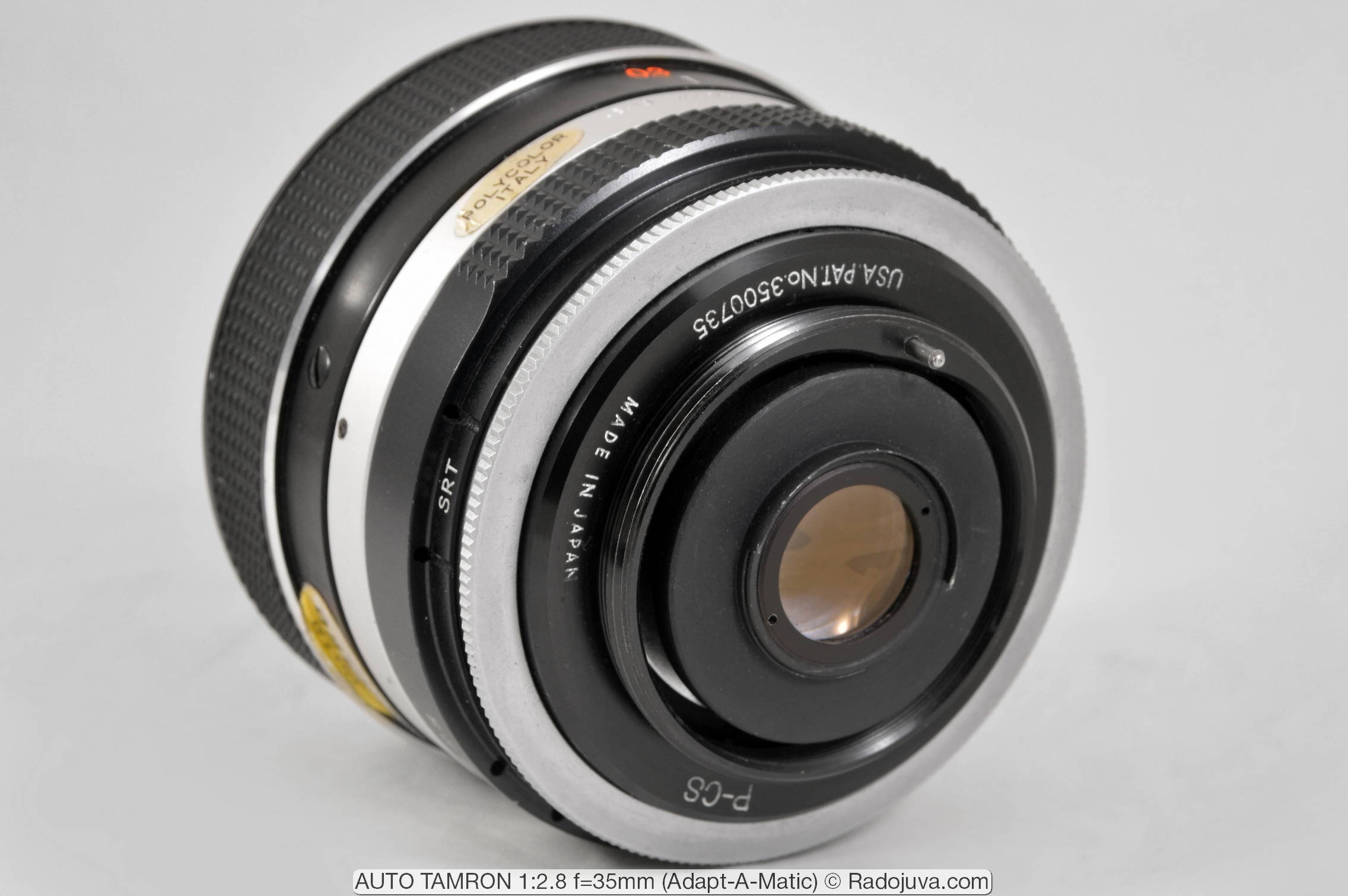
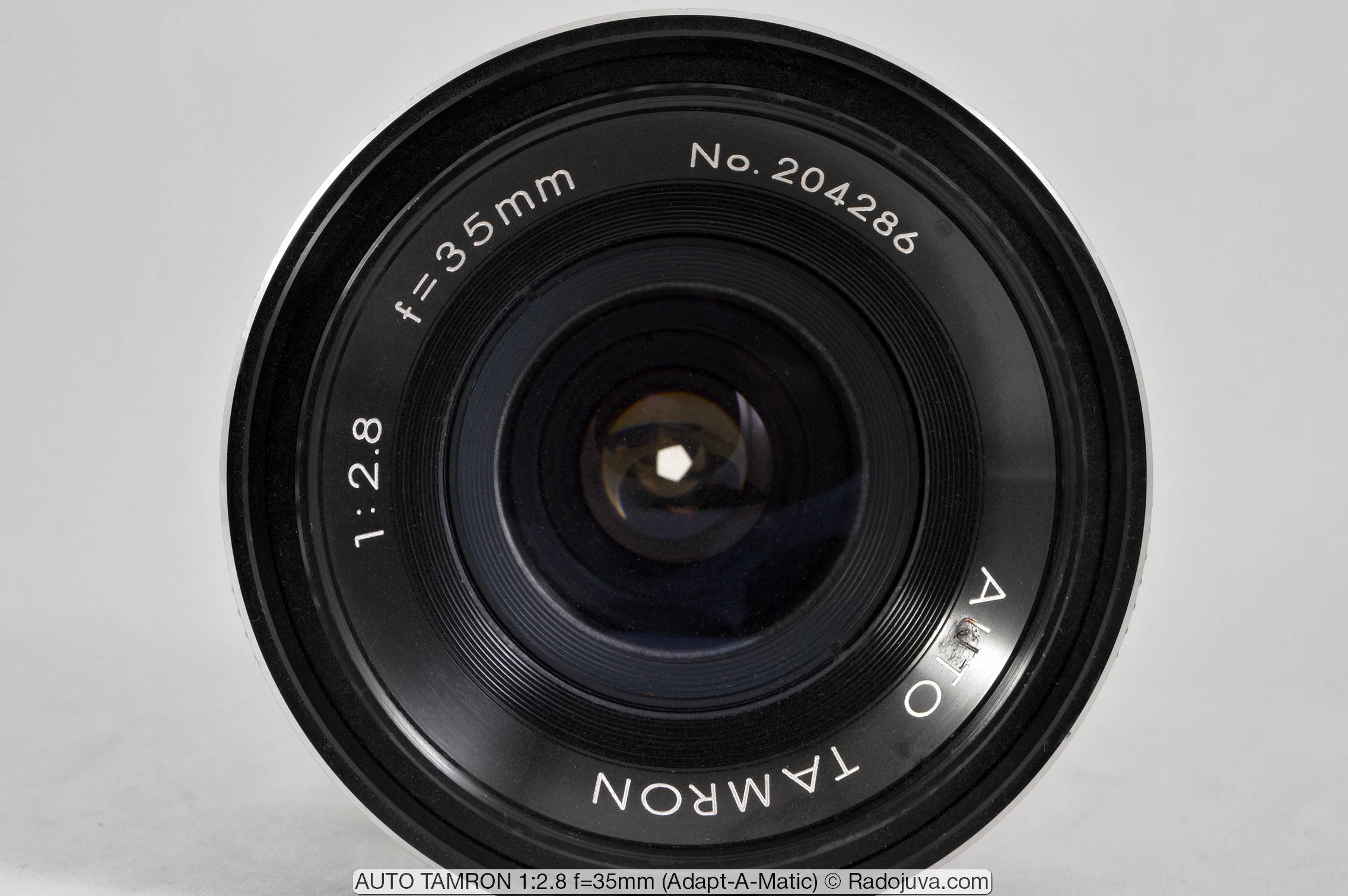
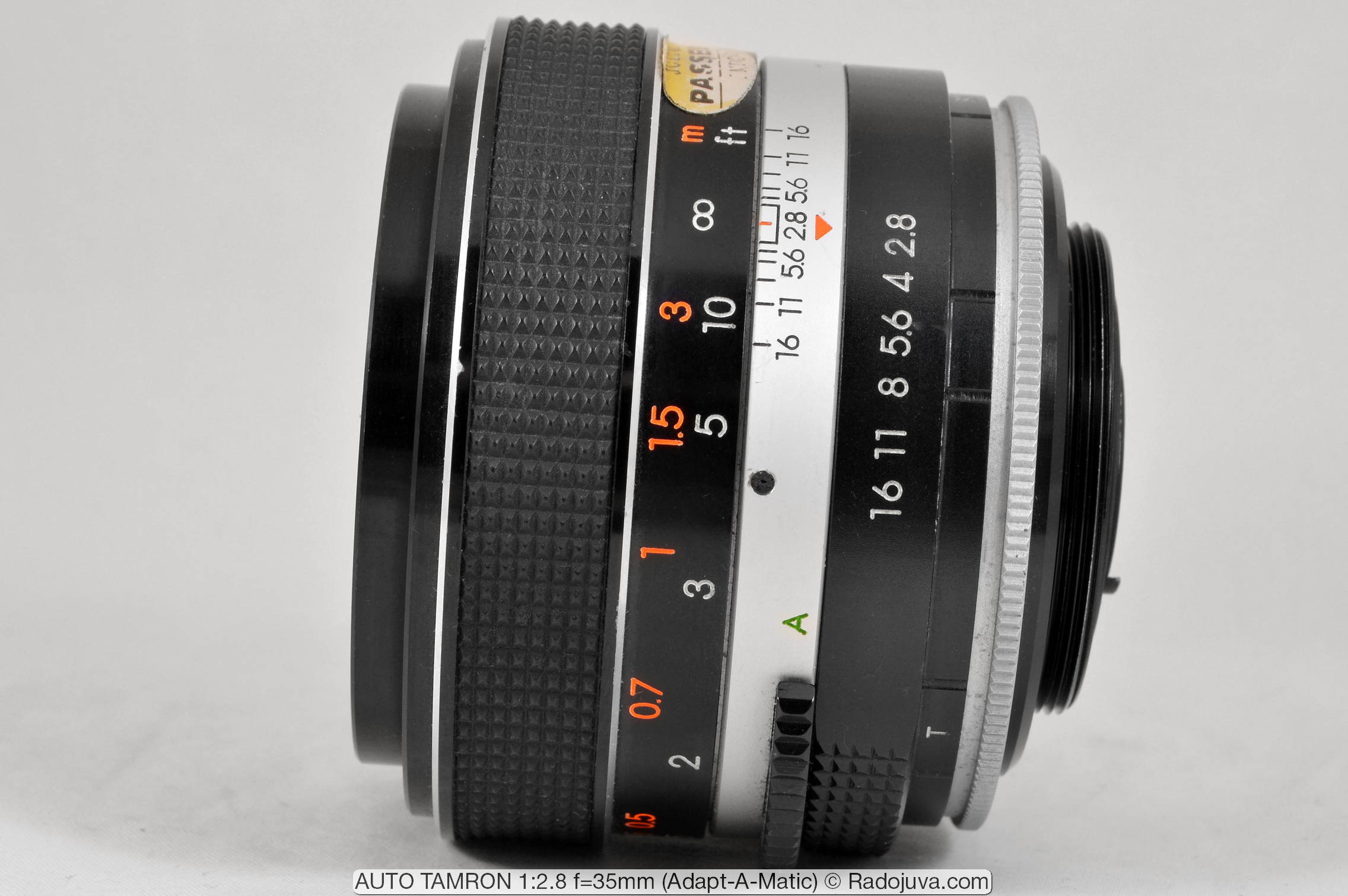
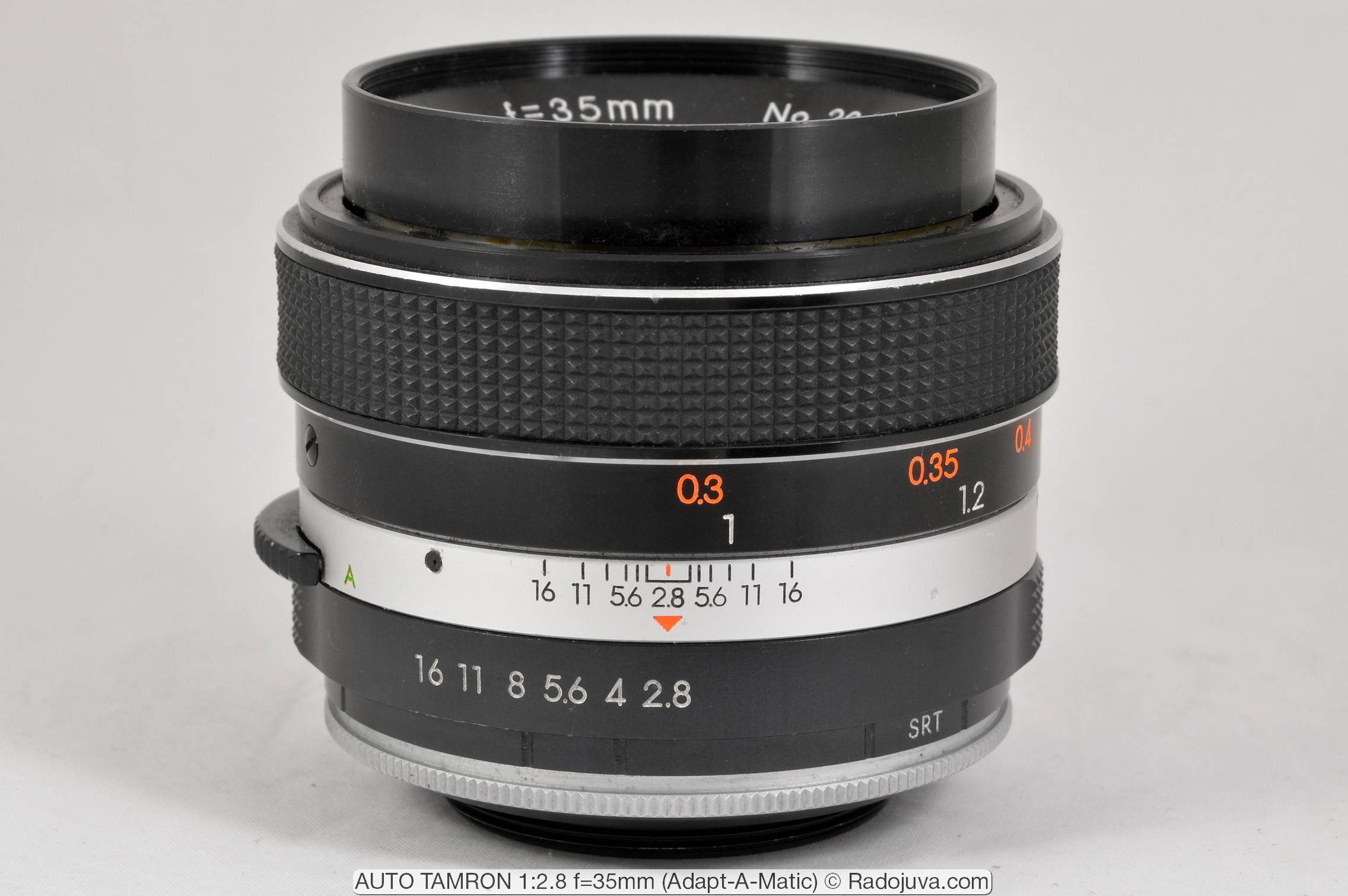
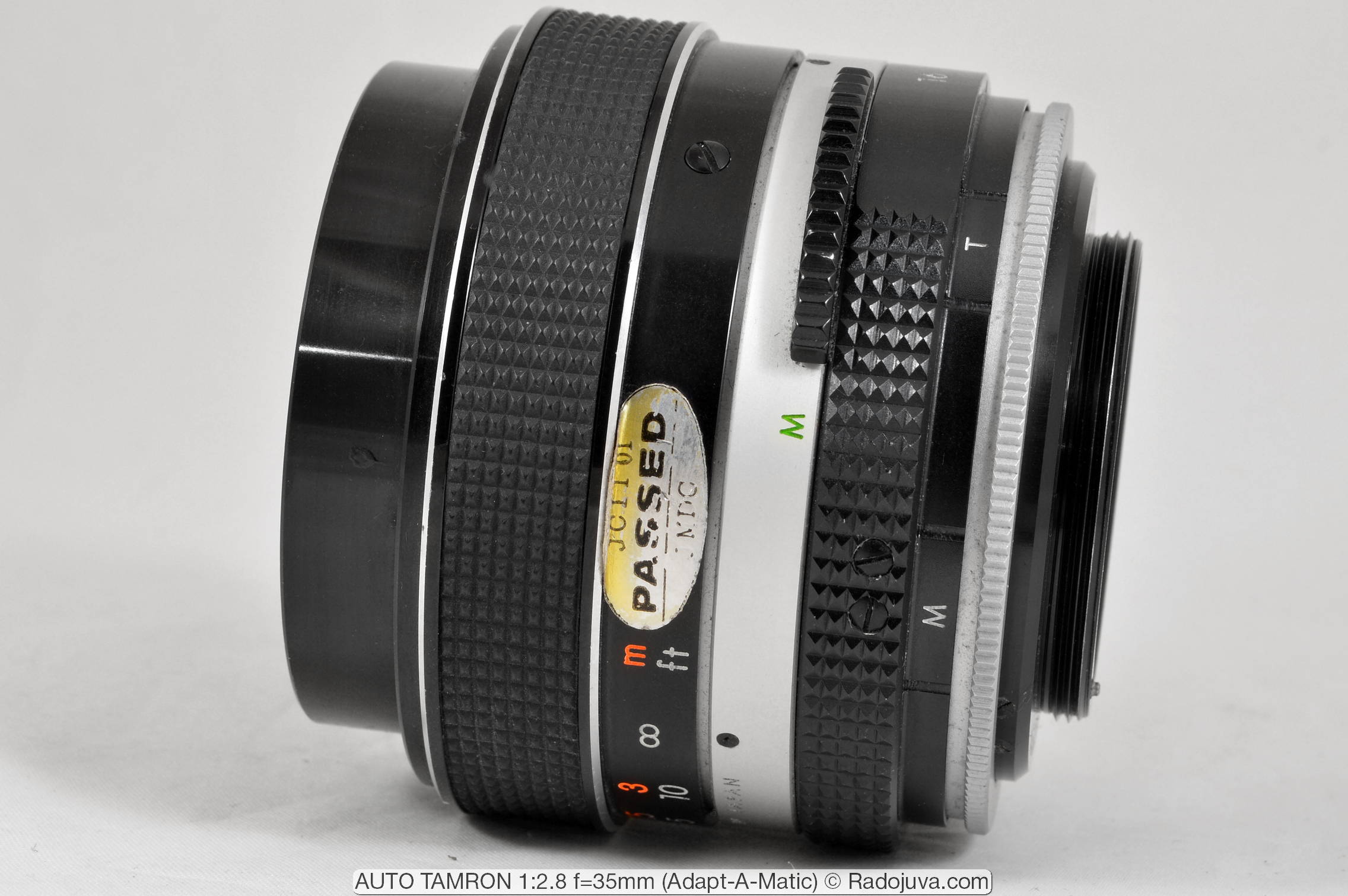

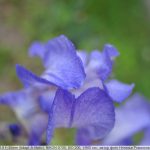
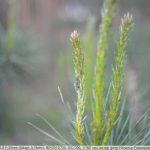

















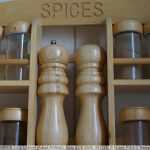

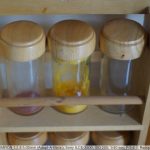
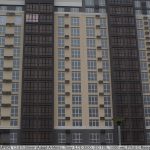
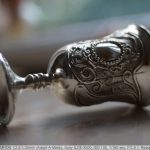










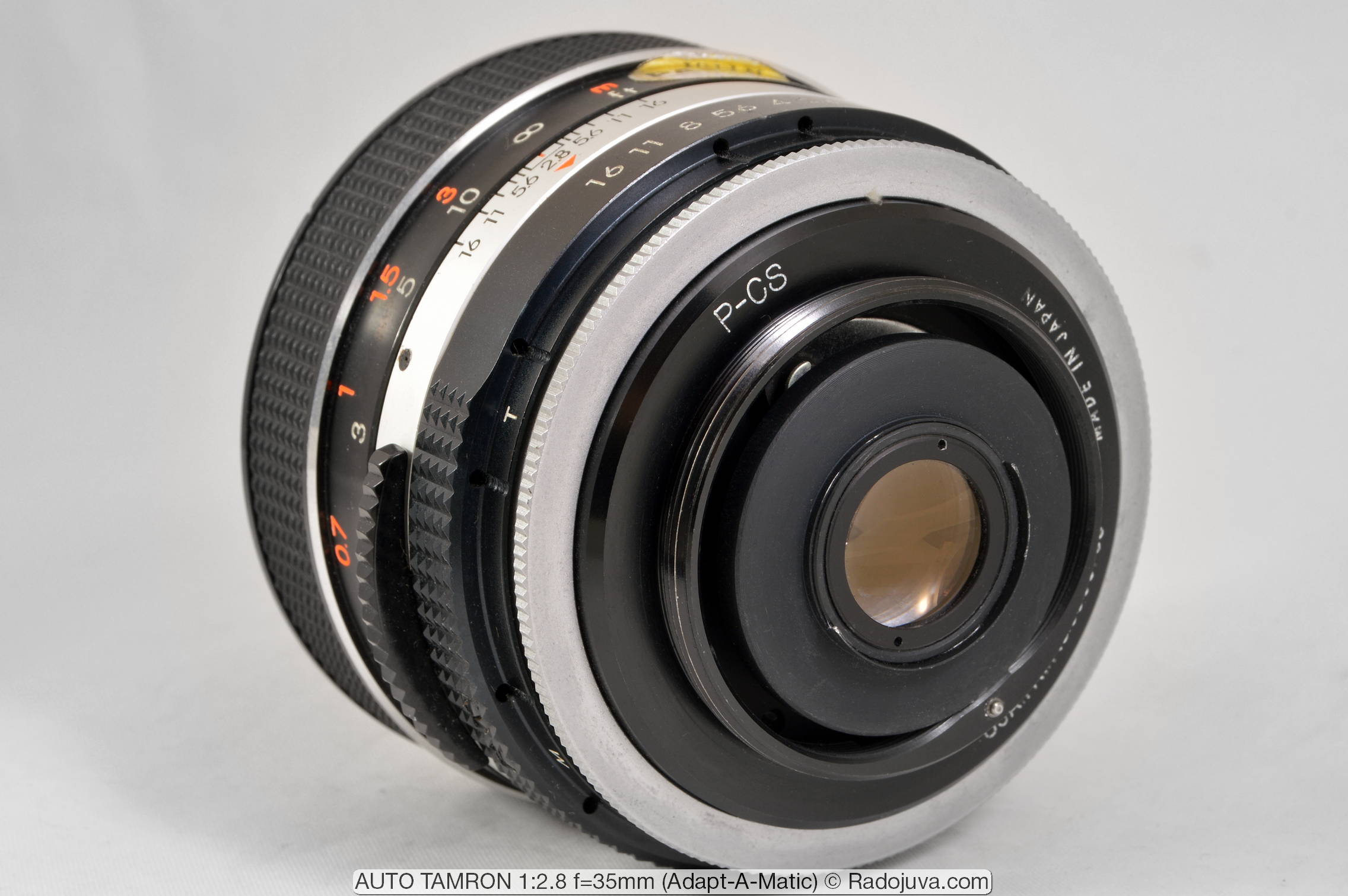

Pretty nice lens! In the scheme of 6 lenses / 5 groups, it seems like, but I did not find the diagram.
I also did not find anywhere specifically for this Tamron
An interesting lens that should be purchased on occasion.
Tamron always made very good lenses, so he holds on to this day. This lens is a confirmation of this. If there is nothing at hand, then we take it cheaply, close the aperture a bit (in general, most of the frames in real life will still be shot at apertures of 5,6 or 8) and that’s all. His work on the cropped matrix is surprising.
in my opinion my whale 18-55 nikkor transmits better color and resolution is higher. loses of course only in aperture and depth of field.